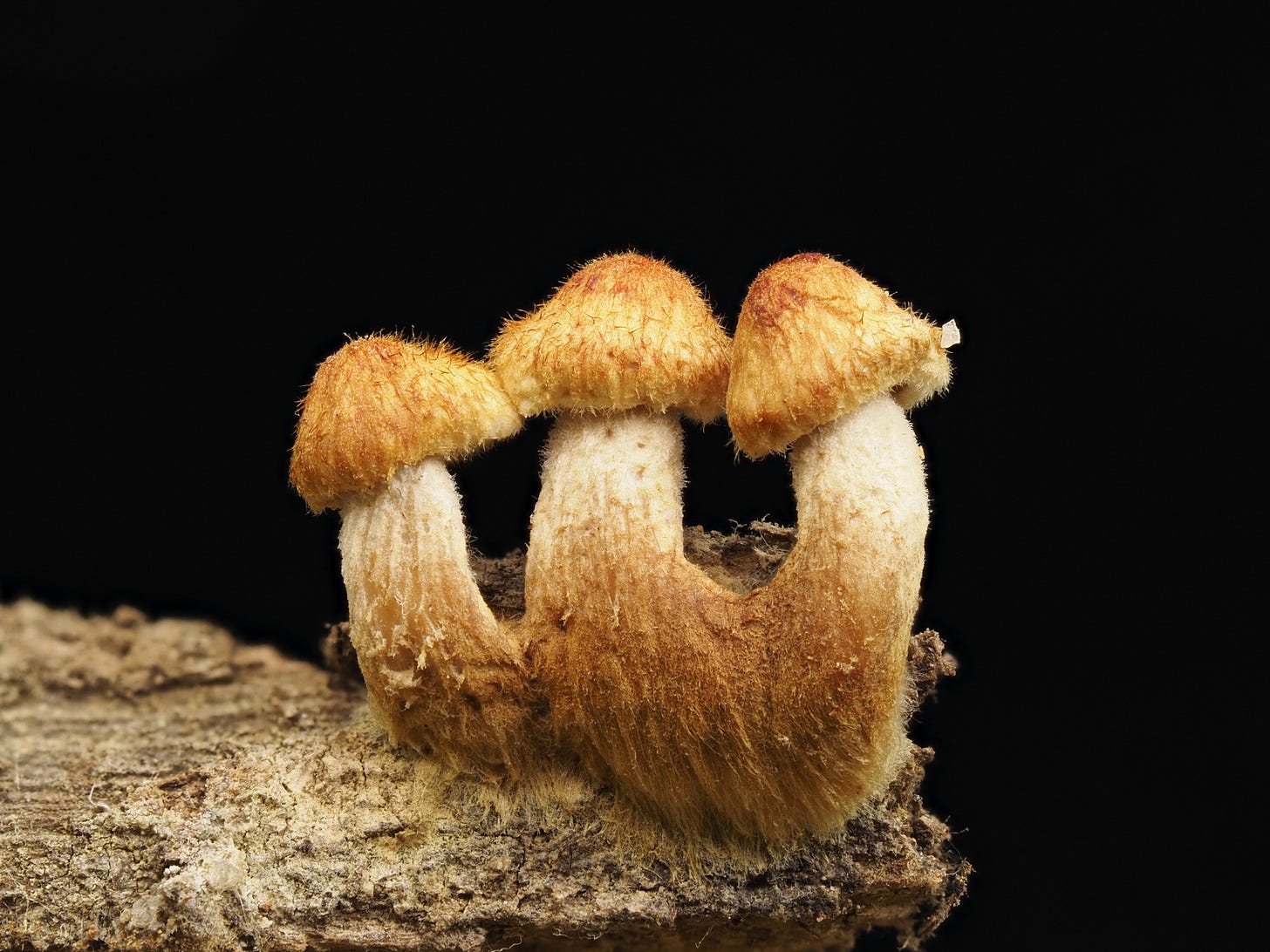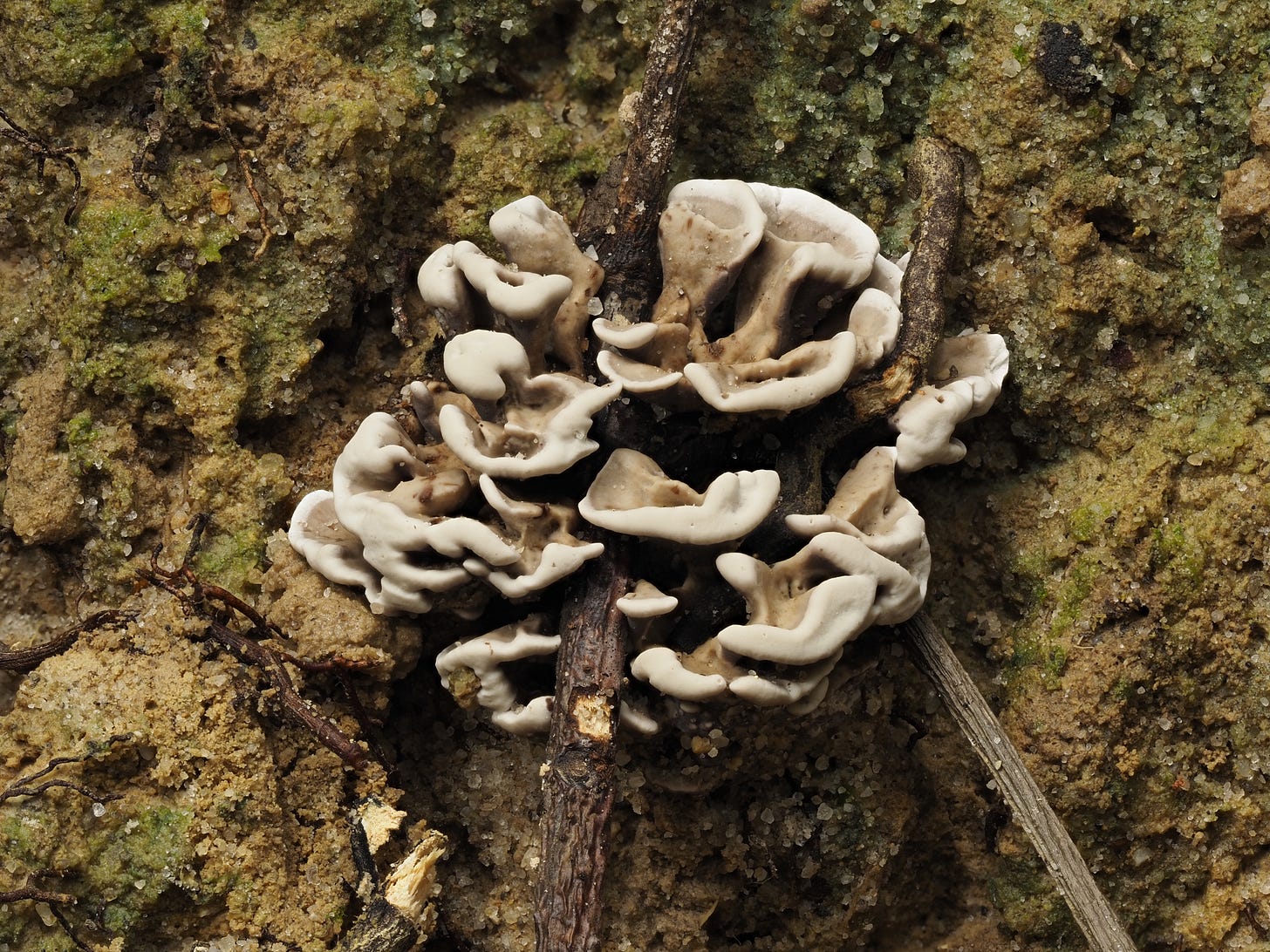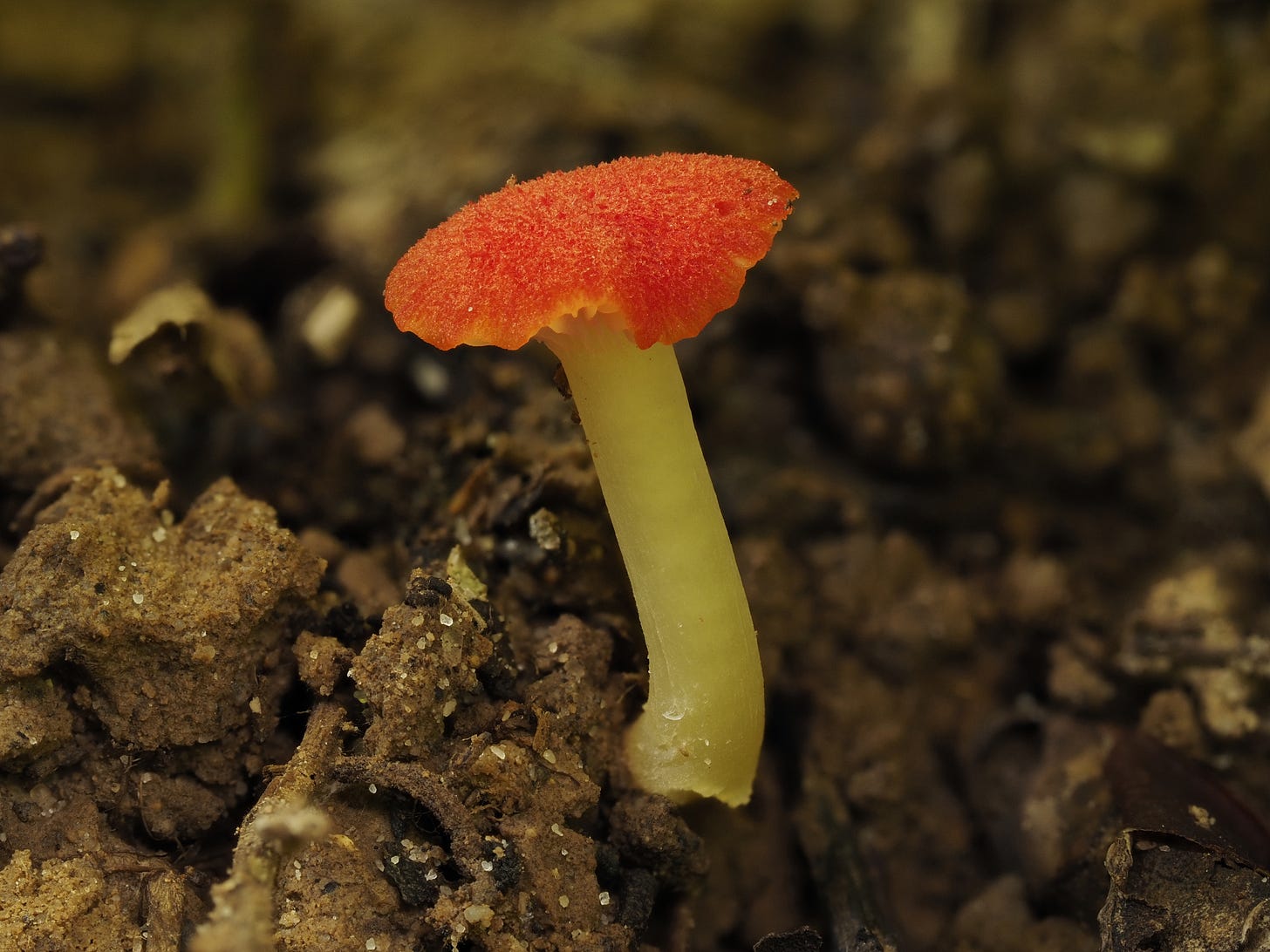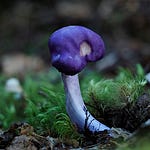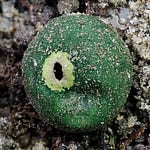October 2023
During my stay in Sabah, Borneo, I caught a 20-minute ferry ride to one of the small islands off the coast of Kota Kinabalu. The trip was a bit of a spur-of-the-moment decision, as I hadn’t planned to do any island hopping. At the ticket office, I was told I couldn't visit the main, larger Gaya Island without a guide.
The sentiment was that as a foreigner unfamiliar with the territory, I was a liability in case anything happened. Ego bruised, I tucked my tail and went to another ticket booth but was met with the same response.
I would be funneled into a mix of other tourists going to the smaller Sapi Island, one of five islands in the Tunku Abdul Rahman Marine Park.

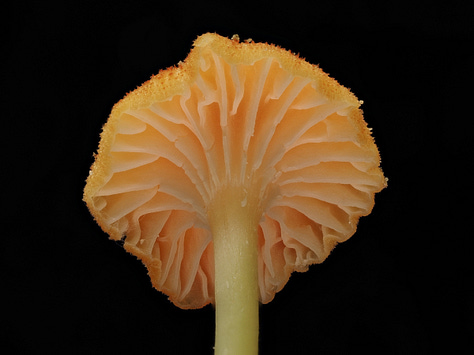

The island is famous for its calm, crystal clear water, an ideal choice for snorkeling and diving, but for me, I’d be following an obscure, hidden trail over the island and to other hidden beaches.
After climbing up the steep, unmarked hill entrance, I found a lone earthball growing from a log. This Scleroderma species is common, but it was interesting to see it growing directly from wood, as I’ve usually seen them growing from soil. I bisected it with a knife to inspect the solid, brown-black spore mass inside.
I’d find a few more psammophilic (sand-loving) species along the way, the main traits of which are porous and fuzzy.
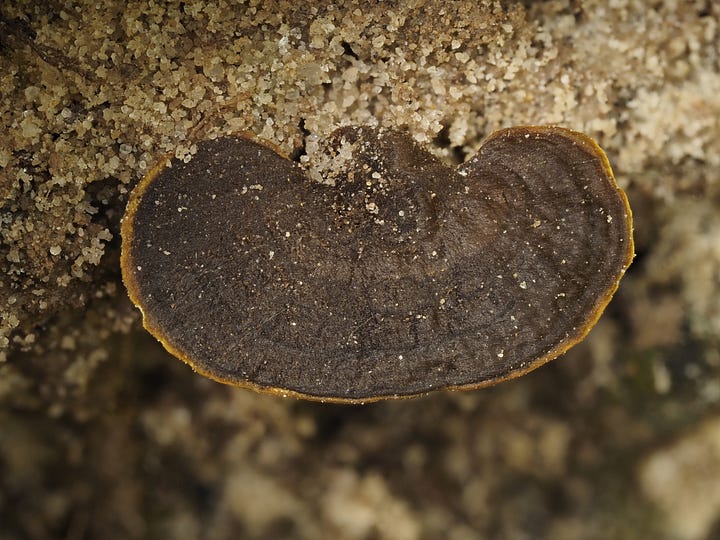
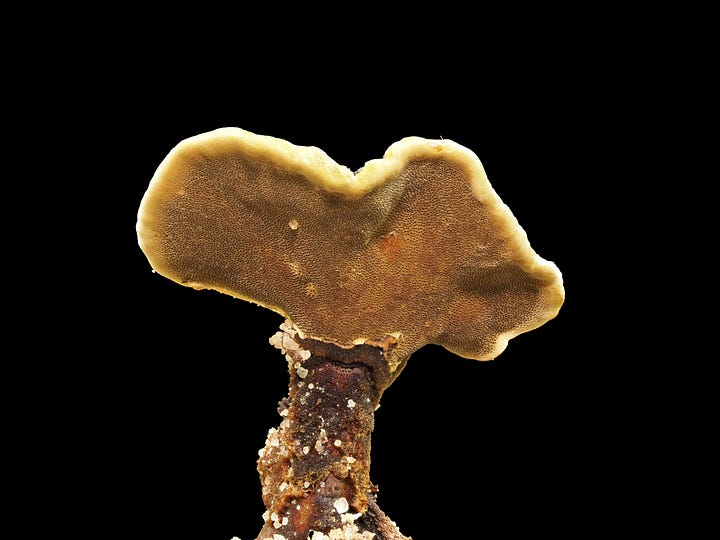
Venturing to the island solo and going off into the bush was a bit unnerving at first, but it ended up being like a treasure hunt and a fun little adventure. It felt like a video game and, at the same time, a challenge to find species on the rough terrain. A reminder of fungi’s persistent ability to flourish in even the most challenging conditions.






